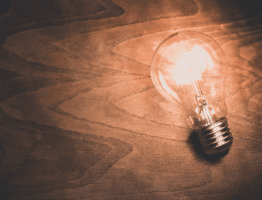Our short-term or working memory determines our present, or the period of less than a minute that is available to us for mental processes. Due to the short dwell time, we can only access the information from our long-term memory after a few seconds when our eyes are closed. The reason why our brain is nevertheless 80% occupied with the processing of spatial-visual information can be found elsewhere. The natural and socio-cultural environment form an outsourced part of our visual memory. We can use this to the extent that we can tap into the information potential. To do this, we have to learn to “read and write”, or rather “perceive and create”.
Attention awareness refers to our ability and freedom to control and shape the cognitive process according to our own will. We determine the content of our consciousness by the direction we choose to look. Through the direction of attention, we direct our eye movements to the events of the perceptual situation that are significant for us, whereby the problem-relevant content is activated in long-term memory and transferred to working memory. Our memory performance and the associated ability to use our knowledge in the observation and design process are therefore largely determined by our ability to concentrate and our interest in the problem situation.
We can clearly see the capacity of the working memory when drawing from a model. We can read the memory span and the amount of information that can be stored for a short time from the intervals at which our gaze wanders. Progress in our presentation skills and visual thinking abilities show that we can significantly improve our ability to concentrate and our visual memory through methodical exercises.


